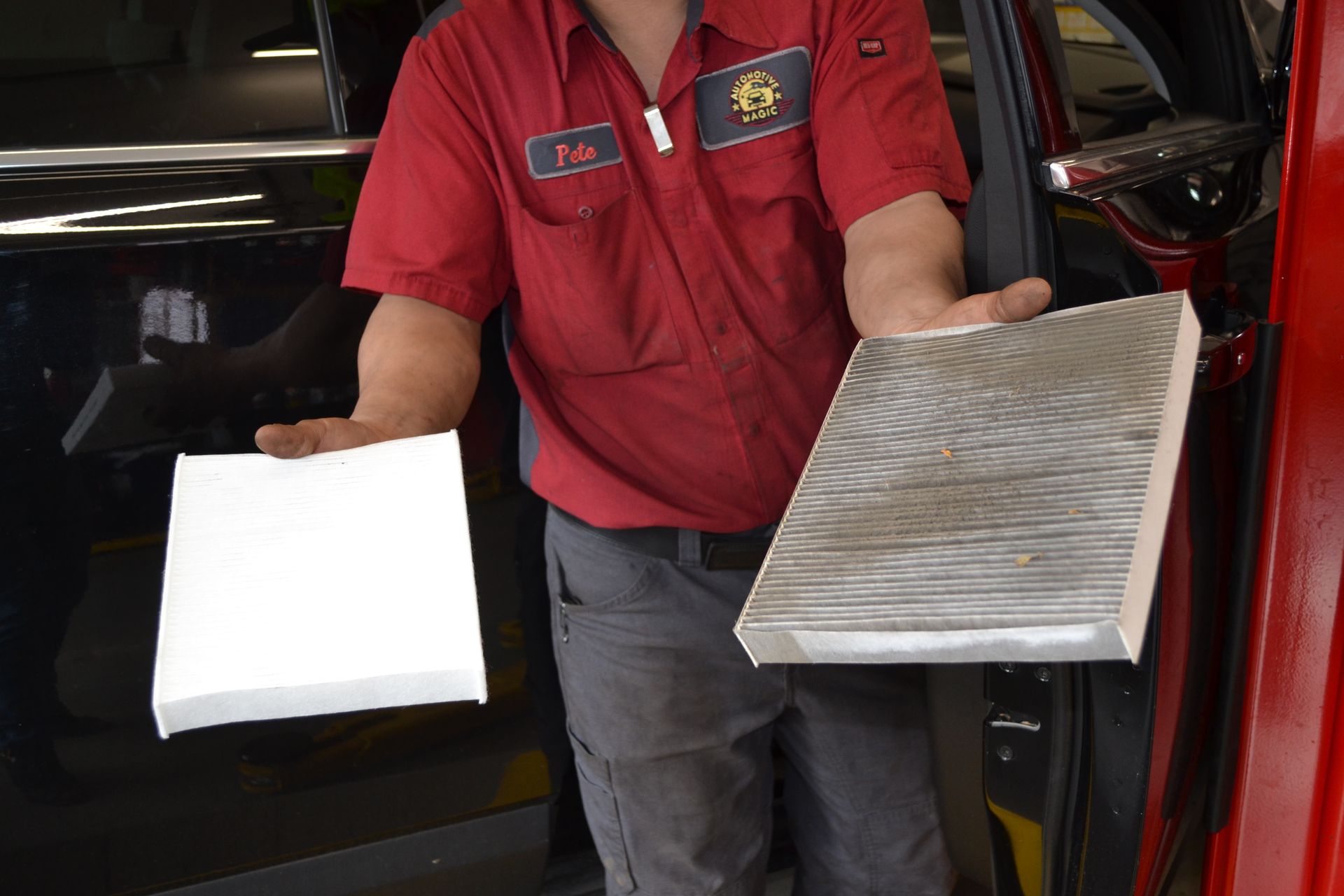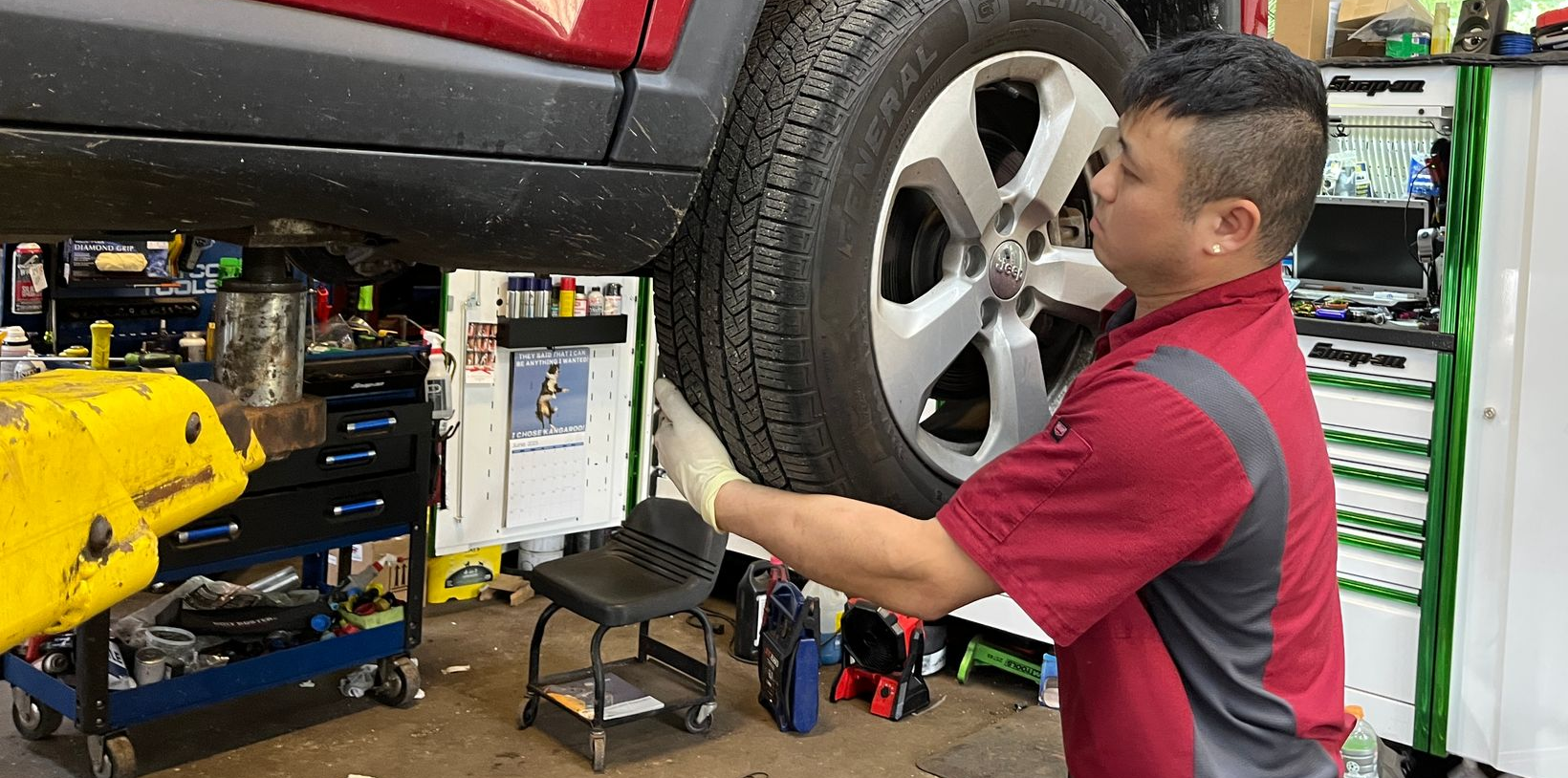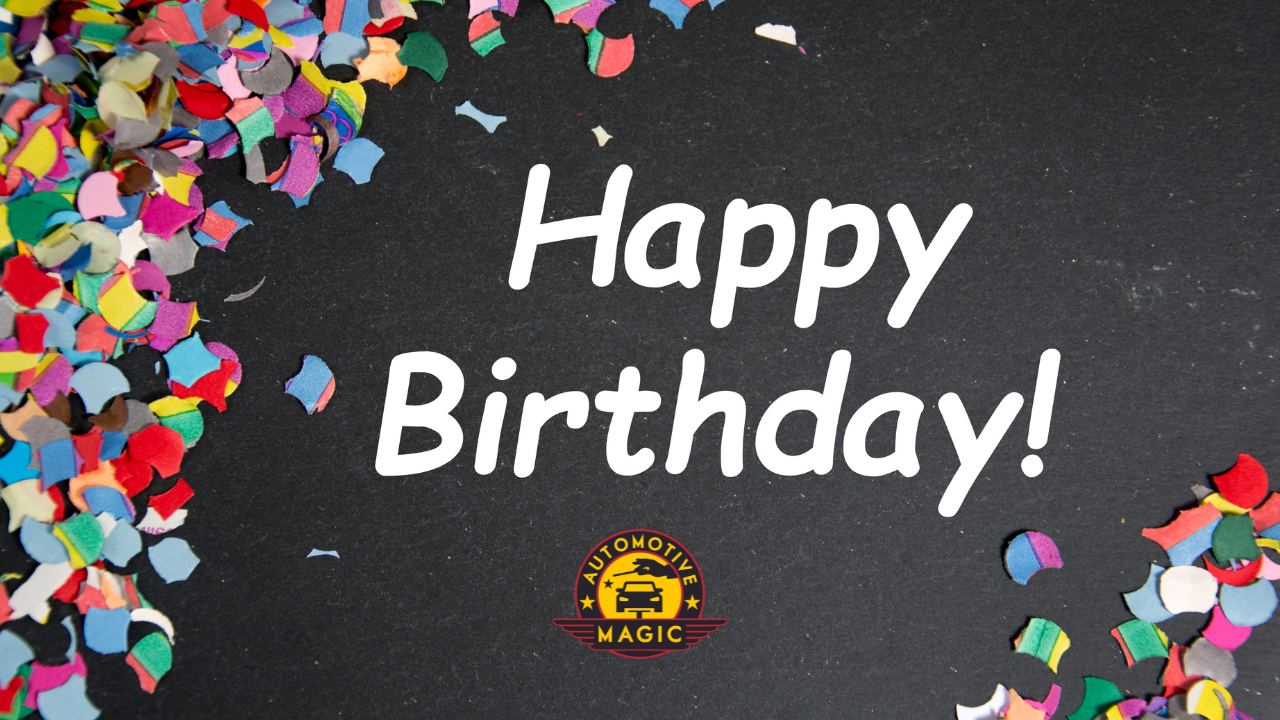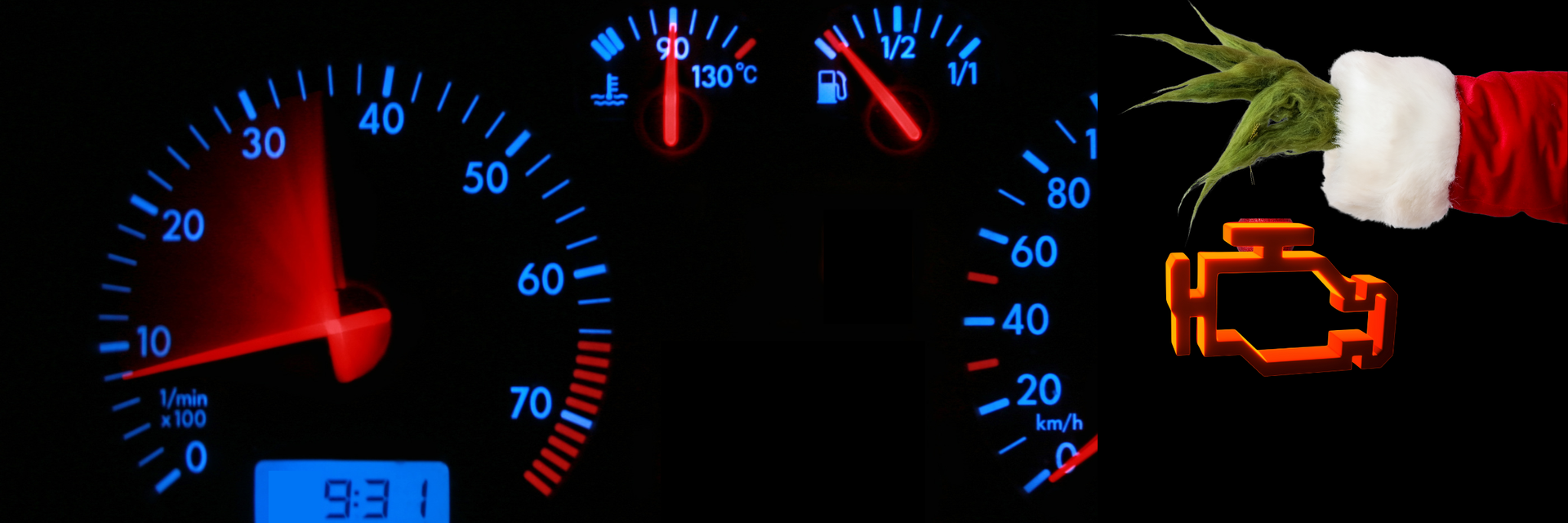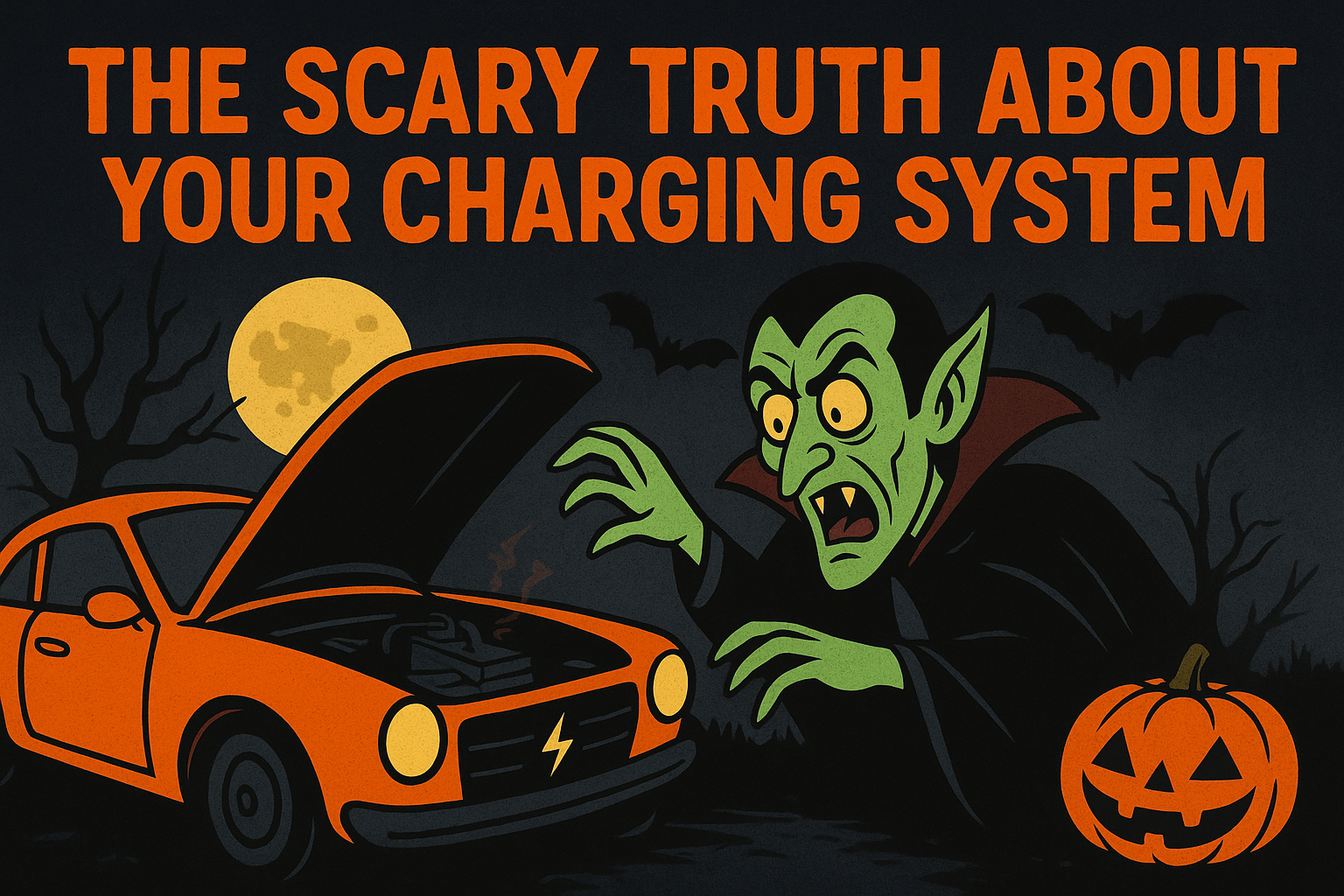AWD vs. 4x4: What’s the Difference
What’s the Difference?
When you’re shopping for a new vehicle or looking to better understand the one you already own, you’ve probably come across the terms
AWD (All-Wheel Drive) and
4x4 (Four-Wheel Drive). At first glance, they might sound pretty similar—after all, both send power to all four wheels. But there are some key differences that make them unique and can make one better suited for your driving needs than the other. Let’s break it down in a way that makes sense, no mechanic's degree required!
All-Wheel Drive (AWD) systems are designed for on-road traction and driver convenience. They typically operate full-time, meaning power is sent to all four wheels at all times, without any input from the driver.
Mechanically, AWD systems use a center differential or electronic clutch pack to manage how torque is distributed between the front and rear axles. Sensors constantly monitor wheel slip, throttle position, and road conditions. When the system detects a loss of traction in one or more wheels, it automatically adjusts and shifts power to the wheels that have the most grip.
Some AWD systems are front-biased (common in crossovers), meaning the vehicle usually has more power at the front wheels but sends more power to the rear when needed. Others are more balanced or rear-biased (found more commonly in more performance-oriented vehicles).

Four-Wheel Drive (4x4 or 4WD) is more geared towards rugged terrain and tough jobs. Unlike AWD, most 4x4 systems are part-time, meaning the vehicle operates in two-wheel drive (usually rear-wheel drive) until the driver manually activates 4WD. These systems are commonly found in trucks and off-road SUVs.
Some vehicles also offer full-time 4WD systems, which include a center differential similar to AWD, allowing for better drivability on pavement—but with the durability of a traditional 4x4.
There are two main types:
- Full-time 4x4: Always active, but often comes with options like low-range gearing for heavy-duty off-roading.
- Part-time 4x4: You use it only when you need it—on slippery or rough terrain.
Mechanically, 4x4 systems use a transfer case to split power between the front and rear axles when engaged. Drivers usually have a selector—like a knob, button, or lever—to switch between 4x4 options. These options include:
- 2H
(Two-Wheel Drive, High Range): Default for everyday driving
- 4H
(Four-Wheel Drive, High Range): Engaged for slippery conditions at normal speeds (snow, sand, gravel)
- 4L (Four-Wheel Drive, Low Range): Engaged for slow-speed, high-torque situations like off-roading, towing, or deep snow/mud. The low-range gear in 4L multiplies torque and gives you maximum traction and control when the going gets really tough.
Pros & Cons
AWD Pros:
- Seamless, automatic engagement—no driver action needed
- Excellent for rain, snow, and light off-road conditions
- Great for everyday driving and long road trips
AWD Cons:
- Less effective for extreme off-roading
- More complex and potentially costlier to repair
- Adds weight and can slightly reduce fuel economy
4X4 Pros:
- Designed for off-roading, towing, and tough weather
- Offers driver control—engage it when you need it
- Low-range gearing for climbing, crawling, and hauling
4X4 Cons:
- Not ideal for dry pavement in 4WD mode (can cause drivetrain binding)
- Manual operation—you need to know when and how to use it
Typically heavier and less fuel-efficient than AWD
Which One Is Right for You?
Still unsure which system fits your lifestyle? Here's a quick cheat sheet:
AWD is for you if:
You drive on pavement most of the time, live in a region with rain or snow, and want added safety and traction without having to think about it.
4x4 is for you if:
You hit the trails, tow heavy loads, drive in deep snow or off the beaten path, and want full control over your vehicle's traction system.
Final Thoughts
At the end of the day, both AWD and 4x4 systems are designed to keep you and your family moving safely and confidently—just in different ways. Think of AWD as your always-on helper for unpredictable road conditions, and 4x4 as your go-anywhere teammate for the big adventures, or big jobs. They both provide superior traction in comparison to two wheel drive vehicles and are helpful in situations in which you may find yourself stuck.
At Automotive Magic, we strive not only to provide the best service to our clients, but to educate them and anyone else who wants a better understanding of their vehicles. We can help make sure you’re equipped for whatever road lies ahead! Our experienced technicians can tackle any job thrown their way, whether it be repairing an AWD or 4x4 system or replacing a motor or transmission. The best part is we’re only one call away!

Shawn Gilfillan is the dedicated owner of Automotive Magic in Kenvil, NJ. With over two decades of experience, Shawn has led his team in providing expert auto repair and service since 2003.
In 2022, Magic Lube & Rubber was born in Lake Hopatcong, NJ. Committed to fostering strong community ties and supporting team development, Shawn prioritizes customer satisfaction above all. As a proud family man and long-time resident of Roxbury, NJ, Shawn brings a blend of professionalism and warmth to his business.
Trust Shawn and his team for all your automotive needs with confidence and assurance.


